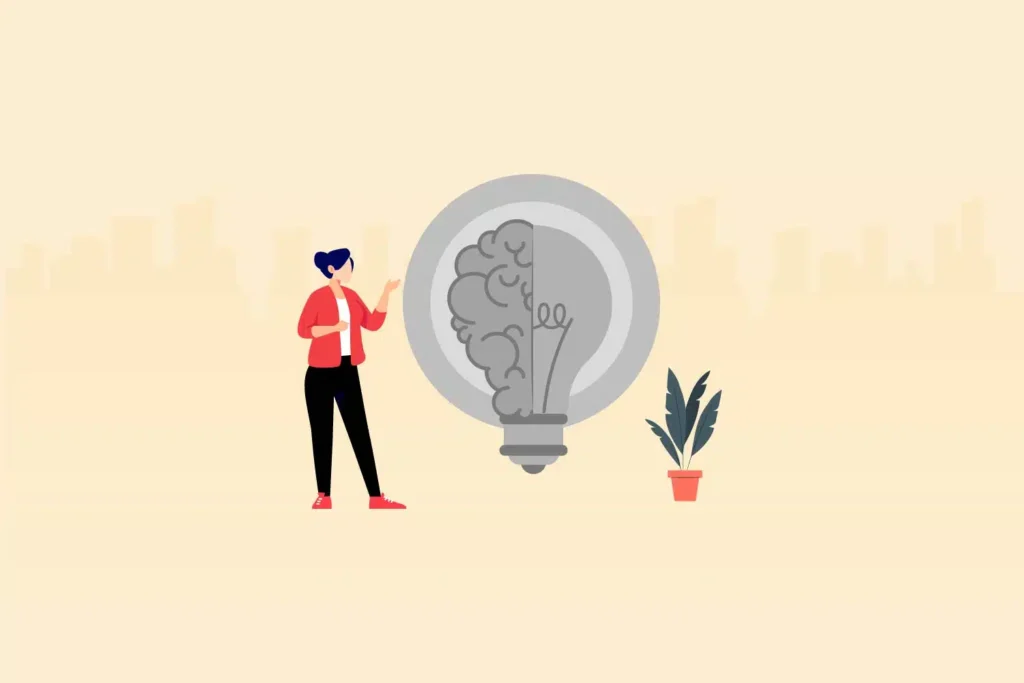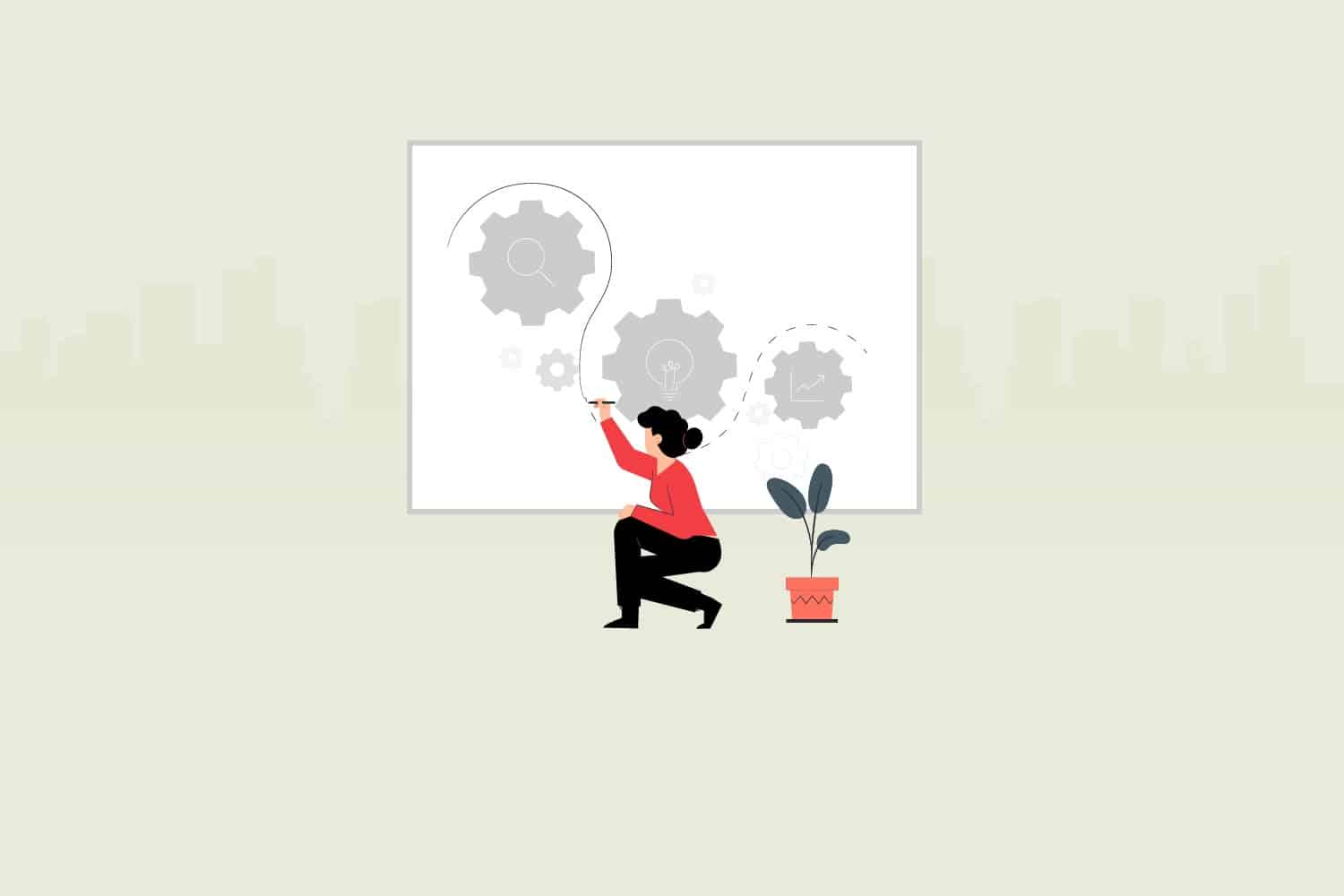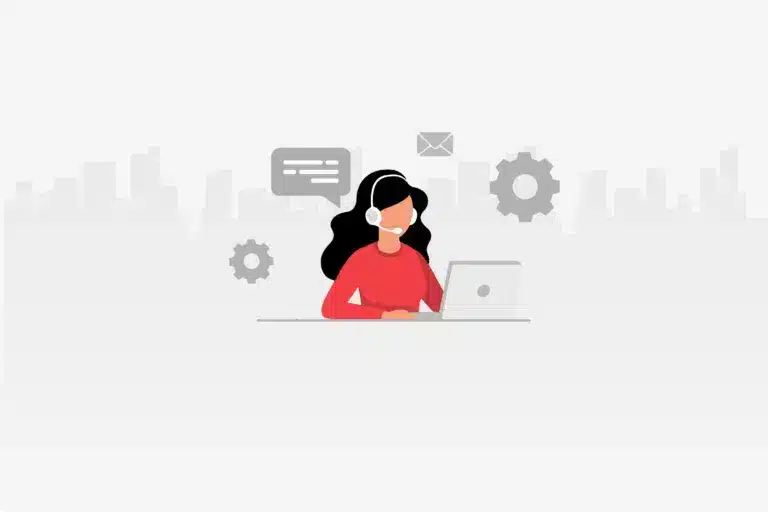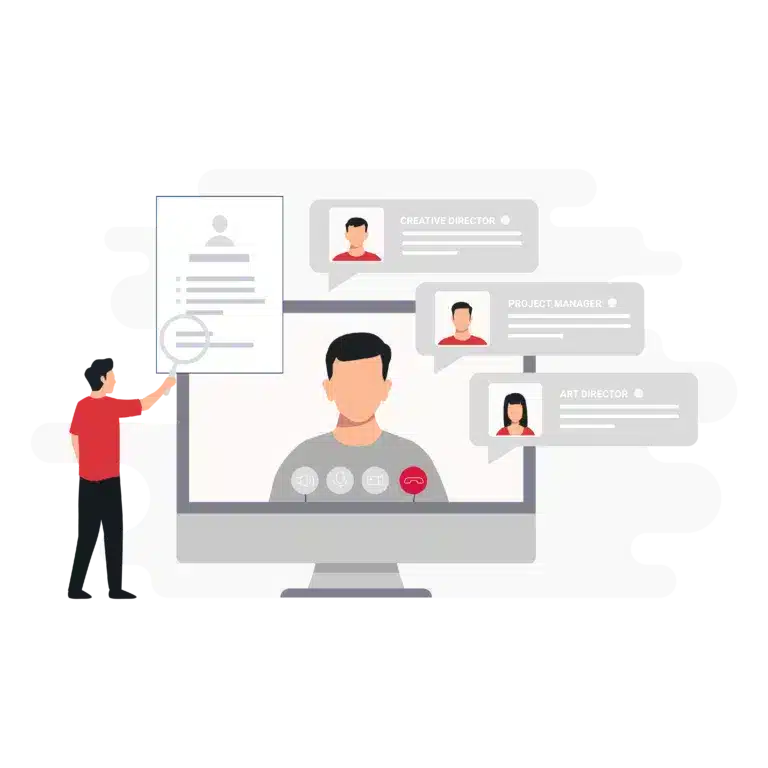In today’s dynamic and diverse workforce, organizations are presented with a unique challenge – managing a multigenerational workforce. With Baby Boomers, Generation X, Millennials, and Generation Z all under one roof, each generation brings its own set of experiences, values, and communication preferences. For recruiters, founders, and hiring managers, effectively bridging the generation gap in employee communications is not just a matter of workplace harmony but a strategic imperative for success.
According to Gallup research. Traditionalists (born in 1945 or earlier) have the highest level of engagement at 41% engaged
In this blog, we will explore five essential strategies designed to help recruiters, founders, and hiring managers bridge the generation gap in employee communications. By embracing these tactics, you’ll not only enhance collaboration but also ensure that your organization remains agile, adaptable, and competitive in an ever-evolving business landscape.
Embrace multigenerational diversity
The modern workplace is a melting pot of generations, and this diversity is a valuable asset. Each generation, from Baby Boomers who’ve weathered economic storms, to Gen Xers who straddle the analog and digital worlds, to tech-savvy Millennials and the digital natives of Gen Z, brings a unique set of skills, experiences, and perspectives to the table. This rich tapestry of generational diversity can be a wellspring of innovation and creativity if managed effectively.
Recruiters, founders, and hiring managers must recognize that generational differences in the workplace are not obstacles to be overcome, but strengths to be harnessed. Each generation offers a distinct viewpoint on problem-solving, decision-making, and even the very definition of a successful career. By acknowledging and respecting these differences, you can create a more inclusive and harmonious work environment where every employee feels valued.
One of the key aspects of embracing multigenerational diversity is understanding that each generation has its own communication preferences. Baby Boomers may prefer face-to-face meetings and phone calls, valuing the personal touch in communication. In contrast, Millennials and Gen Z often favor digital channels, like email and messaging apps, for their efficiency and convenience. Recognizing and respecting these varying preferences is the first step in bridging the generation gap in employee communications.
Moreover, this diversity also extends to work styles. Baby Boomers often value job stability and hierarchy, while Millennials and Gen Z might prioritize work-life balance and flexible arrangements. Successful organizations find ways to offer a blend of these preferences, creating a workplace that caters to the needs of multiple generations. This not only enhances job satisfaction but also improves employee retention and recruitment efforts.
By embracing this multigenerational diversity, recruiters and hiring managers can create an environment where age is not a barrier but an asset. It’s about leveraging the collective wisdom of your workforce, capitalizing on generational strengths, and fostering an environment of mutual learning and growth. The key lies in acknowledging that diversity isn’t just about race, gender, or background—it also includes the generational diversity that can make your organization stronger and more adaptable in a rapidly changing world.
In the subsequent sections of this blog, we’ll explore more strategies to effectively bridge the generation gap in employee communications, building on this foundation of embracing the diversity of generations in the workplace.
Leverage technology wisely in employee communications
In today’s fast-paced digital world, technology is at the heart of modern employee communications. However, it’s essential to recognize that not all generations are equally comfortable with the digital landscape. Understanding the digital divide among employees and leveraging technology wisely is paramount to bridge the generation gap in employee communications.
Younger generations, such as Millennials and Gen Z, have grown up in a world saturated with digital technology. They are typically quick to adopt new communication tools and often prefer digital channels for both work and personal interactions. Email, instant messaging, and collaborative software are second nature to them.
On the other hand, older generations, like Baby Boomers and Gen X, may have varying degrees of familiarity with digital platforms. While many have adapted to digital tools in the workplace, they may still have a preference for more traditional forms of communication, such as phone calls, printed materials, or face-to-face meetings.
To bridge the generation gap effectively, recruiters, founders, and hiring managers should adopt a balanced approach. Provide training and support for employees who may not be as digitally proficient, ensuring that they feel comfortable and competent with essential digital tools. At the same time, offer a range of communication options, both digital and traditional, so that everyone can choose the method that suits them best.
Moreover, it’s crucial to avoid making assumptions about an employee’s technological proficiency based solely on their age. Some Baby Boomers are exceptionally tech-savvy, while some younger employees may prefer more traditional communication methods. Open and respectful dialogue is the key to understanding individual preferences.
Incorporating technology wisely also means ensuring that your digital communication tools are accessible and user-friendly for everyone. Designing user interfaces with simplicity and clarity in mind can make a significant difference in ensuring that employees of all generations can navigate and utilize these tools effectively.
By leveraging technology wisely, you can create a workplace that seamlessly blends the best of both digital and traditional communication methods, fostering a culture of adaptability and inclusivity. In the following sections of this blog, we’ll explore more strategies to help you navigate the intricacies of cross-generational employee communications, ensuring a cohesive and productive work environment.
Two-way communication
Effective employee communication isn’t just about delivering messages from the top down; it’s about creating a culture of open, two-way communication that encourages dialogue, feedback, and mutual understanding. This principle becomes even more critical when trying to bridge the generation gap in employee communications.
Each generation brings its unique life experiences, perspectives, and ideas to the workplace. To harness the full potential of your multigenerational workforce, it’s crucial to provide platforms and opportunities for all employees to express their thoughts, concerns, and ideas. This ensures that every voice, regardless of age, is heard and valued.
One effective way to facilitate two-way communication is through regular feedback sessions. Encourage employees to share their insights and suggestions on various aspects of the organization, from operations and policies to communication methods. Collecting feedback from employees of different generations helps identify potential issues related to generational differences and allows for the development of targeted solutions.
Surveys and anonymous suggestion boxes can also provide employees with a safe and confidential space to voice their concerns or propose improvements. Ensure that these tools are easily accessible and user-friendly for everyone, including those who may not be as tech-savvy.
Mentorship programs are another powerful way to promote cross-generational learning and communication. Encourage older employees to mentor younger ones, sharing their wealth of knowledge and experience. Likewise, younger employees can mentor older colleagues on the latest technology and trends, creating a culture of mutual respect and learning.
Furthermore, consider implementing an open-door policy where employees can schedule one-on-one meetings with management or HR to discuss their concerns and ideas. This approach not only promotes open communication but also demonstrates that the organization values the input of all employees.
By fostering two-way communication, you create an environment where generational differences are seen as opportunities for growth and innovation rather than as obstacles. It encourages empathy, understanding, and collaboration among employees of all ages, ultimately contributing to a more harmonious and productive work environment.
In the upcoming sections of this blog, we will explore more strategies and best practices for bridging the generation gap in employee communications, ensuring that your organization thrives on the collective wisdom and experience of multiple generations.
Tailored training and development
Effective bridging of the generation gap in employee communications doesn’t stop at understanding differences in communication preferences; it extends to accommodating diverse learning styles and needs within your workforce. To achieve this, tailored training and development programs are essential.
Different generations often have varying preferences when it comes to learning and skill development. Baby Boomers might appreciate structured, classroom-style training sessions, while younger generations like Millennials and Gen Z tend to favor self-paced online courses and microlearning modules. Recognizing these differences is key to providing training that resonates with all employees.
To start, it’s important to conduct a thorough training needs assessment. This involves identifying the skills and knowledge gaps across generations within your organization. With this information in hand, you can develop training programs that are both comprehensive and adaptable.
Consider offering a mix of training formats to cater to various learning styles. This might include traditional classroom training for those who prefer face-to-face interaction, webinars for a more interactive online experience, and self-guided e-learning modules for those who appreciate flexibility in their learning journey.
Don’t forget to make training materials accessible to everyone, including those who may not be as tech-savvy. Ensure that digital resources are user-friendly, and provide alternative formats for those who prefer printed materials or face-to-face instruction.
Mentoring and reverse mentoring programs also play a significant role in tailored development. Encourage older employees to mentor younger colleagues in areas where they excel, be it in leadership, industry knowledge, or problem-solving. Simultaneously, younger employees can offer valuable insights to older colleagues on emerging technologies and trends.
By taking a personalized approach to training and development, you empower employees of all generations to acquire new skills, stay relevant, and contribute their best to the organization. Tailoring your training programs ensures that learning is a continuous and inclusive process, and it reflects your commitment to bridging the generation gap in employee communications.
In the upcoming sections of this blog, we will explore additional strategies and best practices to create an environment where employees of all ages thrive and contribute to the success of your organization.
Lead by example
One of the most influential ways to bridge the generation gap in employee communications is to lead by example. As recruiters, founders, and hiring managers, you set the tone for your organization’s culture and communication dynamics. Demonstrating flexibility, adaptability, and respect for different generational perspectives can have a profound impact on your workforce.
Leading by example starts with being adaptable in your communication style. It’s important to recognize that not all employees will have the same preferences when it comes to communication. Some may favor face-to-face discussions, while others may rely on digital tools. By demonstrating that you can adapt to these preferences, you show your willingness to meet employees where they are most comfortable.
Moreover, show respect for different generational perspectives. Encourage open discussions where employees of all ages can share their ideas and insights. By actively listening and valuing their contributions, you foster a culture of inclusivity and collaboration.
Leading by example also involves promoting a culture of continuous learning and growth. Embrace new technologies and encourage employees to explore and adapt to them. Highlight the benefits of cross-generational mentorship and peer learning, emphasizing that every generation has something valuable to offer.
Finally, advocate for and support policies that accommodate diverse needs and preferences. Whether it’s flexible work arrangements or customized training programs, your leadership in implementing these practices sends a powerful message about your commitment to bridging the generation gap.
By leading by example, you inspire your teams to follow suit, creating a workplace where generational differences are celebrated as sources of strength and innovation. It’s a transformative approach that not only improves communication but also contributes to the overall success and adaptability of your organization.
In the following sections of this blog, we will delve deeper into strategies and best practices for building a harmonious and productive work environment that thrives on generational diversity in employee communications.
Conclusion
In a world where the workforce is more diverse than ever, bridging the generation gap in employee communications is not just a task; it’s a strategic imperative. For recruiters, founders, and hiring managers, mastering the art of communication that accommodates the unique perspectives and preferences of multiple generations is the key to creating a dynamic and harmonious workplace.
In conclusion, bridging the generation gap in employee communications is not an isolated task but a comprehensive approach that weaves through the very fabric of your organization’s culture. By implementing the strategies discussed in this blog, you pave the way for a workplace where generations not only coexist but flourish together, contributing their unique perspectives and skills to the success of your organization. It’s a journey worth embarking on for a brighter and more adaptable future.
Ready to streamline your hiring process and find the best candidates? Sign up for free with Testlify today and schedule a 30-minute demo call with our experts to see how we can help you hire more qualified talent.








